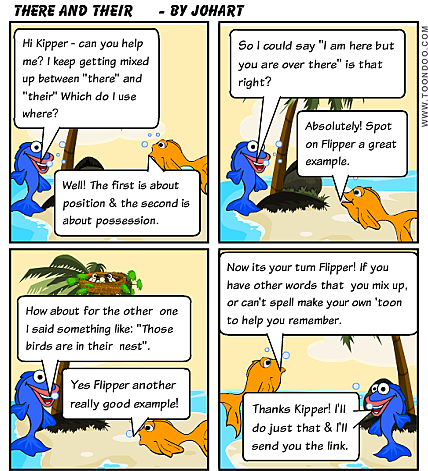Introduction
Our newsletter, like the ALaN Network GoogleGroup, is a way of starting conversations. The conversation may continue through other media but often the most useful way to join that conversation is to comment on the initiating post. Please! Please! Join our ALaN conversations – add comments to posts in the newsletter and in the GoogleGroup.
About commenting
Many very well known and experienced writers of online articles/bloggers say that the discussion that happens through the comments is the most important part for them, so being able to join in through commenting is a great way of sharing your own ideas as well as giving feedback to the writer. If someone has already made a similar comment to what you have in mind don’t be put off! You can still add your comment in support of an opinion already expressed – maybe expand on it a little, add further thoughts or put your own slant. Also don’t be put off if you disagree – you can still comment – expressing disagreement is fine as long as it is done with respect and in an appropriate tone. Personally, I always think of the “feedback sandwich” and (especially if I disagree) try always to begin and end my comments on a positive note.
Commenting online in a public (eg the newsletter which is a blog) or semi-public (eg the GoogleGroup) discussion forum is a little bit different from providing feedback privately or within a very small closed group. Comments are an important part of both discussion forums and blogs. However remember that commenting is public feedback and so it is important to bear in mind your own security/safety as well as the tone and potential impact of your comments.
“Good” commenting
Good commenting is very much about:
- Adding value to the conversation. You don’t have to say something totally new to do that, reinforcing someone else’s idea/opinion is fine.
- Being respectful of others’ ideas and opinions even if you disagree. There is nothing wrong in disagreeing with someone through a comment it is how you do this that matters.
This Lifehacker post although several years old makes great points about good commenting that you may find useful for your students and for yourself.
Ideally when I am introducing students to commenting I give them these links:
- a video about commenting, made by a teacher and her very young class of bloggers in the USA
- this poster made by another group of very young bloggers
or similar ones and then ask them to make their own list. I do also have “Guidelines for commenting” that I can share with colleagues for use with their students who may be commenting on blogs or taking part in discussion forums. Some of the points overlap with those made in made in the Lifehacker post mentioned above but I also raise issues of safety for the commenter and others.
Conclusion
Just as with face-to-face interaction respect is important! Making respect explicit is especially significant in asynchronous online interaction because we lack the body language and audio cues that can soften a possibly hurtful comment. This is one reason why using “emoticons” is so much part of online conversation.
Commenting in forums and on posts is the “life blood” of online interaction. So PLEASE join our conversations here in the Newsletter and also (if you are an ALaN GoogleGroup member) in the group. You could start with a comment on this post!


